Cards In This Set
| Front | Back |
|
Class
Anthozoa
|
Exclusively marine
solitary or colonial Cnidarians in which the medusoid stage is completely
absent
(Sea anemones, hard
corals soft corals gorgonians and and sea pens.)
|
|
Class
Anthozoa;
Subclass
Zooantharia* (Hexacorallia)
|
Polyps with more than
eight tentacles and mesenteries, the latter typically in cycles of 12
|
|
Class
Anthozoa; Subclass Zooantharia;
Order
Antipatharia
|
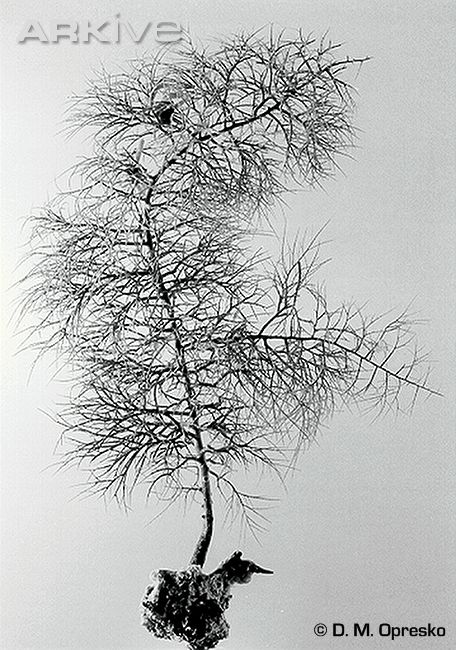 Black or thorny corals |
|
Class
Anthozoa; Subclass Zooantharia;
Order
Zooanthidea
|
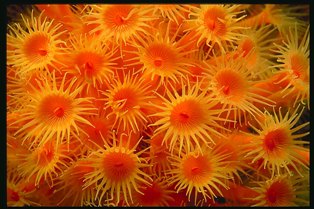 Small anemone-like anthozoans having one siphonoglyph and no skeleton |
|
Class
Anthozoa; Subclass Zooantharia;
Order
Actiniaria
|
 Sea anemones. Solitary anthozoans with no skeleton, with mesenteries in hexamerous cycles, and usually with two siphonoglyphs |
|
Class
Anthozoa; Subclass Zooantharia;
Order
Scleractinia
|
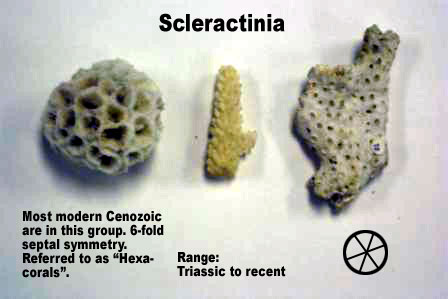 Stony corals. Mostly colonial anthozoans secreting a heavy, external, calcareous skeleton. Sclerosepta arranged in hexamerous cycles |
|
Class
Anthozoa; Subclass Zooantharia;
Order
Corallimoraria
|
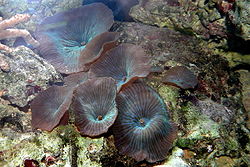 Solitary species with radially arranged tentacles. Resemble true corals but lack a skeleton |
|
Class
Anthozoa;
Subclass
Alcyinaria (Octocorallia)
|
Polyp with eight
hollow marginal pinnate tentacles and eight mesenteries, single siphonoglyph
|
|
Class Anthozoa; Subclass Alcyinaria;
Order
Stolonifera
|
No coenenchymal mass;
polyps arising from a creeping coenosarcal mat or stolon. skeleton of calcarious tubes of separate
calcareous spicules, or horny external cuticle
|
|
Class Anthozoa; Subclass Alcyinaria;
Order
Helioporacea
|
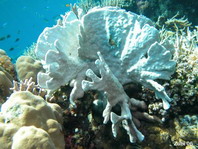 Blue corals, having a massive, blue, calcareous skeleton. |
|
Class Anthozoa; Subclass Alcyinaria;
Order
Alcyonacea
|
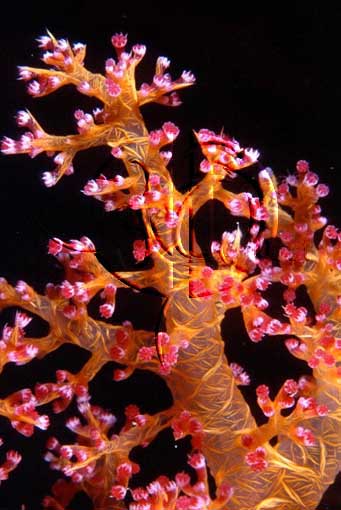 Soft corals. Coenenchyme forming a rubbery mass with upright elongated polyps completely embedded in coenosarc. Colony may have a massive mushroom shape or an encrusting growth form. Skeleton of calcareous spicules |
|
Class Anthozoa; Subclass Alcyinaria;
suborder Holaxonia
|
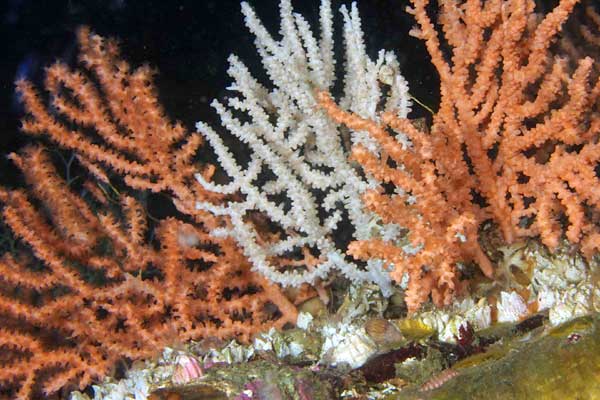 Horny corals. Sea fans and sea whips. Common tropical and subtropical octocorrallian cnidarians having a largely upright plant-like growth form and an axial skeleton of a horny organic material. |
|
Class Anthozoa; Subclass Alcyinaria;
Suborder Scleraxonia
|
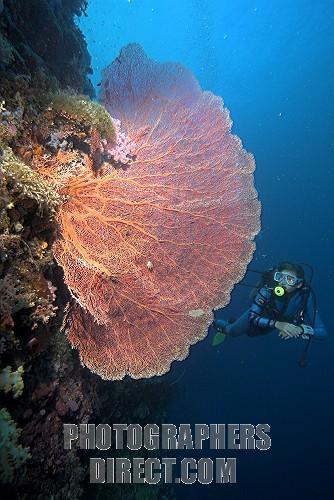 Precious corals. Less common deeper tropical waters Octocorrallian cnidarians having a largely upright plant-like growth form and an axial skeleton of a compacted spicules |
|
Class Anthozoa; Subclass Alcyinaria;
Order
Pennatulacea
|
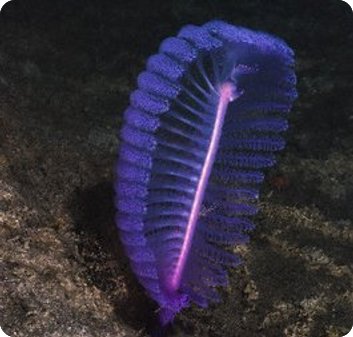 Sea pens. Colony having a fleshy flattened or elongate body, or rachis. Skeleton of calcareous spicules |
|
Class
Scyphozoa
|
Cnidarians with
complex medusoid stages usually with reduced polys
|



